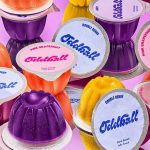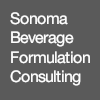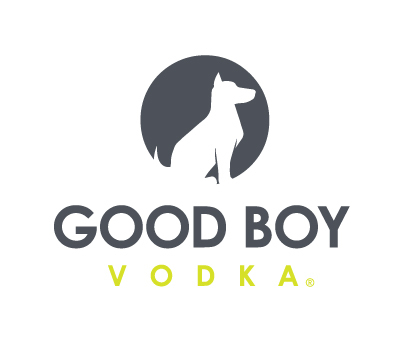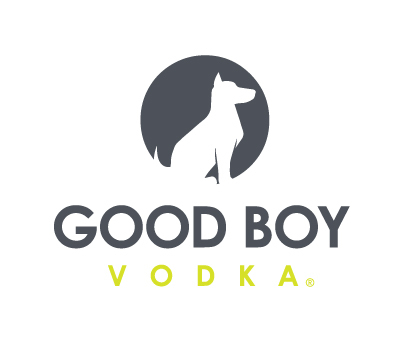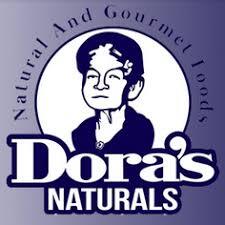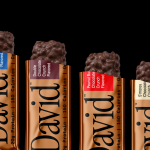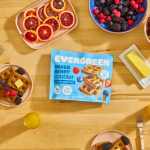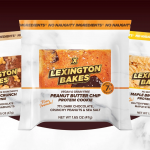FDA Defines Healthy On-Pack

After six years of discussion and controversy, The U.S. Food and Drug Administration (FDA) is one step closer to finalizing a definition for the word “healthy” for use on food and beverage packaging with the release of a proposed rule yesterday.
The guideline aims to align the term’s regulatory definition with modern nutritional science, the Nutrition Facts label and the current Dietary Guidelines for Americans.
Nutrient dense foods like fruits, vegetables, low-fat dairy and whole grains are key to healthy dietary patterns, according to the FDA. However, foods including nuts and seeds, higher fat fish like salmon, certain oils and water have now been added to that list. Under the new definition, the FDA also offered parameters for what constitutes “nutrient dense,” defining it as food with little added sugars, saturated fat, and sodium, but containing vitamins, minerals and “other health-promoting components.”
In order to be labeled “healthy,” a food or beverage must contain “a certain meaningful amount” of at least one nutrient dense food group or subgroup, per the recommendations of the Dietary Guidelines; the parameters around each “meaningful amount” is specific to each food group or subgroup.
Healthy foods are also required to fall below a specified limit for saturated fat, sodium and added sugars. Each threshold is determined by the percent of the Daily Value (DV) recommended for each individual nutrient and the permitted ratio is calculated relative to the product’s serving size.
“For example, a cereal would need to contain ¾ ounces of whole grains and contain no more than 1 gram of saturated fat, 230 milligrams of sodium and 2.5 grams of added sugars,” the rule states.
Under the new regulation, foods must contain the minimum amount of at least one nutrient dense food and be within the nutrient limits regarding fat, sodium and sugar in order to be labeled as “healthy” on front of pack.
Earlier this year, the agency also announced it was looking into creating a symbol to denote healthy food that could be used voluntarily on pack. That symbol is still currently in the works.
The FDA has recognized the word healthy as an “implied nutrient” claim since 1994. At that time, the agency formally recognized the word holds a specific meaning for consumers and indicates a food may help them maintain healthy dietary practices, the agency said in the proposed rule. It also recognized that nutritional science has evolved since the mid-1990’s and stated that its former definition was outdated and excluded many foods that should have been considered healthy.
Beginning tomorrow, the agency will open a public comment period for 90 days allowing stakeholders to comment or raise concerns regarding the new rule. The news also comes as the White House is turning its attention to nutrition. Today, the Biden Administration hosted the Hunger, Nutrition, and Health conference in Washington for the first time in 50 years, which will address hunger, nutrition as well as work on plans to reduce diet-related diseases and close disparity gaps in nutrition standards within the next decade.
“Diet-related chronic diseases, such as cardiovascular disease and Type 2 diabetes, are the leading causes of death and disability in the U.S. and disproportionately impact racial and ethnic minority groups,” said FDA Commissioner Robert M. Califf, in a press release. “Today’s action is an important step toward accomplishing a number of nutrition-related priorities, which include empowering consumers with information to choose healthier diets and establishing healthy eating habits early. It can also result in a healthier food supply.”
Snack maker KIND secured a win earlier this month in a federal class action lawsuit challenging its use of terms like “healthy” and “natural.” According to the new regulation, about 5% of all packaged food current is labeled as healthy. The agency said it hopes that the updated definition will increase that percentage as well as encourage food manufacturers to reformulate in order to meet the new “healthy” requirements.

